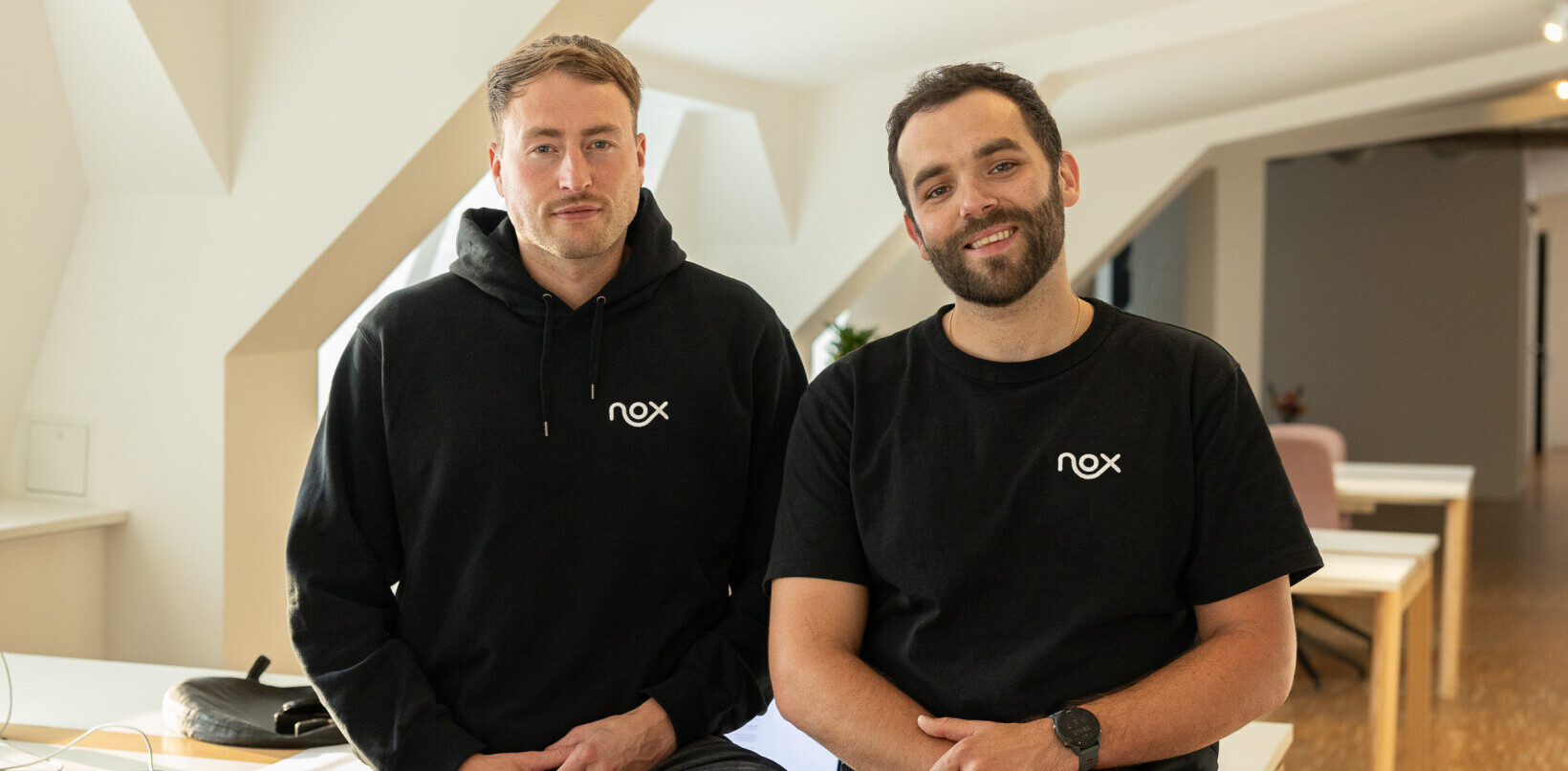
As the founder of a bootstrapped startup, people often ask me how I decided on which funding route I’d take when there are so many options for founders to consider.
While I don’t have a short answer to this, there’s one thing I can say: your choice of funding needs to be based on the nature of your business and the product you are dealing with.
The exact type of your business can be determined in a number of ways, but I find ‘Red Ocean’ and ‘Blue Ocean’ can be quite helpful. Coined by acclaimed business theorists, W. Chan Kim and Renée Mauborgne to classify all market strategies, Red Ocean refers to when there are a lot of competitors and you need a substantial amount of money to survive in it. Whereas Blue Ocean refers to a very niche market wherein you might see a lower growth rate but survive with considerably low investment.
While being helpful, there is of course no hard and fast rule to this theory — it’s often purely situational.
Our first product, BizTalk360 falls within Blue Ocean (no competitors, focused segment, and low customer acquisition cost) while our latest product, Document360, falls under the Red Ocean strategy. With that product, we’re competing against companies like Zendesk, Freshdesk, Confluence, Notion, and so on, so we end up spending a lot on customer acquisitions for this product.
Now that I’ve given you a bit of the background on where I’m coming from, let’s dive into what made me ultimately decide on going the bootstrapping route.
The decision to bootstrap
The initial product idea for BizTalk360 was seeded at the Microsoft Global MVP Summit in Seattle in February 2010. The first version of the product was very well received by MVPs in 2011, which led to me to officially launch the startup the same year. Within a year, we onboarded 65 customers.
As we started to launch new products, we sort of banked on the success of our previous products and reinvested the revenues into the company to fund them. All our products have their own engineering, marketing, and sales teams working on improving the products and acquiring customers.
Today, our parent company kovai.co has 1500+ customers. We have not had to seek external funding since all our products are generating revenues.
Great products will sell
When we launched BizTalk360, we knew that we still had a long road ahead. Building the product was not much of a challenge since I have the required technical know-how. Selling the product was the tricky part as I didn’t have much experience doing that.
I started blogging very early in my career. My blog used to be very technical in nature as I specialized in a particular domain which is the BizTalk server and gradually I was able to build an audience of 15,000 followers.
When I developed BizTalk360, the blogs helped me get my first customer (a casino) all the way from Hong Kong, which was completely unknown to me until that point. While my blogging activities might’ve landed us the first customers, it was the value of the product itself that kept customers loyal.
So no matter how good your acquisition is, the retention will always come down to quality.
Scale at the right time
In my opinion, most startups fail due to premature scaling. That’s why knowing when to scale your startup is one of the most crucial decisions you’ll face as a founder.
Most entrepreneurs just assume that once their product has been successfully launched, it’s time to scale up. But that’s not how it works. The product has to be periodically monitored and improved to make sure that it is not being overtaken by competitors. Your product needs to scale up along with your business.
Since our flagship product, BizTalk360, is a niche segment, we were able to be the market leaders right from the beginning and still continue to do so. The product matured completely in about fives years and the goal was all about maintaining the product, taking care of existing customers, and adding new ones. We then decided to diversify and move to new products, we simply replicated what had worked for us in similar situations.
Another thing you should do is structure your work model and business process. You should have systems in place to effectively monitor the stakeholders and processes in the organization.
But once you actually pinpoint problems through that monitoring, you need to react to them the right way. Many startup founders think that just hiring a person can magically solve all their problems, but let me be clear: it doesn’t work.
For example, hiring a Sales Manager when your product isn’t working properly is a rookie mistake. You need to be extremely patient and persistent in the process. Ensure that your product is a market-fit product before you consider scaling your startup.
Scaling your startup might seem tempting sometimes, but nothing is better than the slow, steady, and organic growth of your startup.
Check your finances — cash flow, sales, expense, and revenue — before deciding whether you want to scale up. It’s easy to overlook certain aspects when you are trying to manage multiple things at the same time. Even then, you should have an elaborate financial plan with forecasts for the future.
The bottom line is: take time to lay the groundwork before taking your startup to the next level.
Get the TNW newsletter
Get the most important tech news in your inbox each week.




